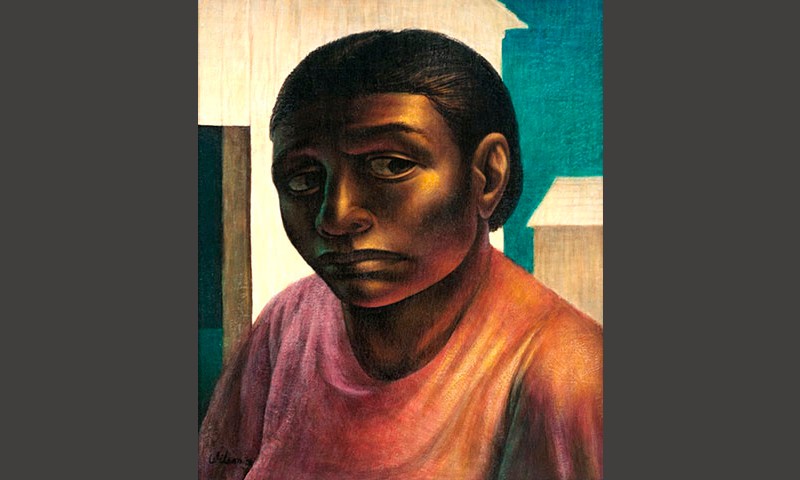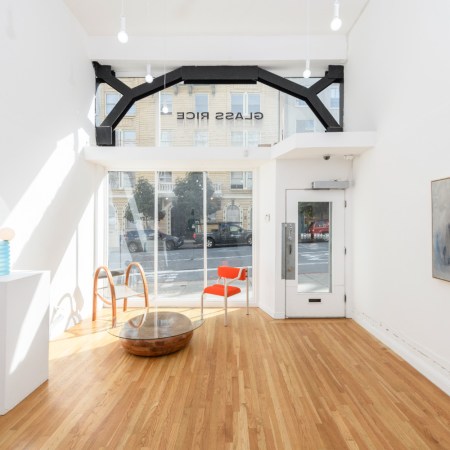Addressing national tragedies and terrible acts of violence is something that art can do — sometimes indirectly and sometimes by staring it in the face. The horrific history of lynchings in America is, unfortunately, one that has had no clear end. Even now, nooses have been discovered in cities across the country, and even in NASCAR driver Bubba Wallace’s garage.
What happens when a work of art from 1952 seems to address the state of the nation in 2020? Writing at Hyperallergic, Jasmine Weber explores the history of a 1952 mural by artist John Wilson, titled The Incident. The mural itself no longer exists, but a number of Wilson’s studies that led to the finished work remain intact, and are part of an exhibition currently at the Yale University Art Gallery. (Or at least its virtual counterpart.)
In the mural, a Black couple looks on as a group of hooded Klansmen stand beside the body of a man they’ve just lynched. (Weber notes that the Klansmen’s “trousers and dress shoes are black, standard professional clothing to signal their jobs as doctors, salesmen, lawyers, and police officers, careers to which they will return when the killing is done.”) It’s an incredibly powerful image, rendered with care and power by Wilson’s style and attention to detail. Why does Wilson’s work continue to resonate today? Weber makes a powerful case:
In our continuing consideration of Wilson’s studies of “The Incident,” we are faced with his persisting agony over the systemic defilement of Black livelihoods. He took care to depict the clutch of the husband’s hand on his wife’s shoulder.
The anguished looks on the couple’s faces combine a host of emotions; they feel all too relevant to America today. The story of how Wilson painted this mural — and Weber’s analysis of its techniques and themes — make for a compelling account of how art can address the most unsettling parts of life.
Subscribe here for our free daily newsletter.
Thanks for reading InsideHook. Sign up for our daily newsletter and be in the know.


















